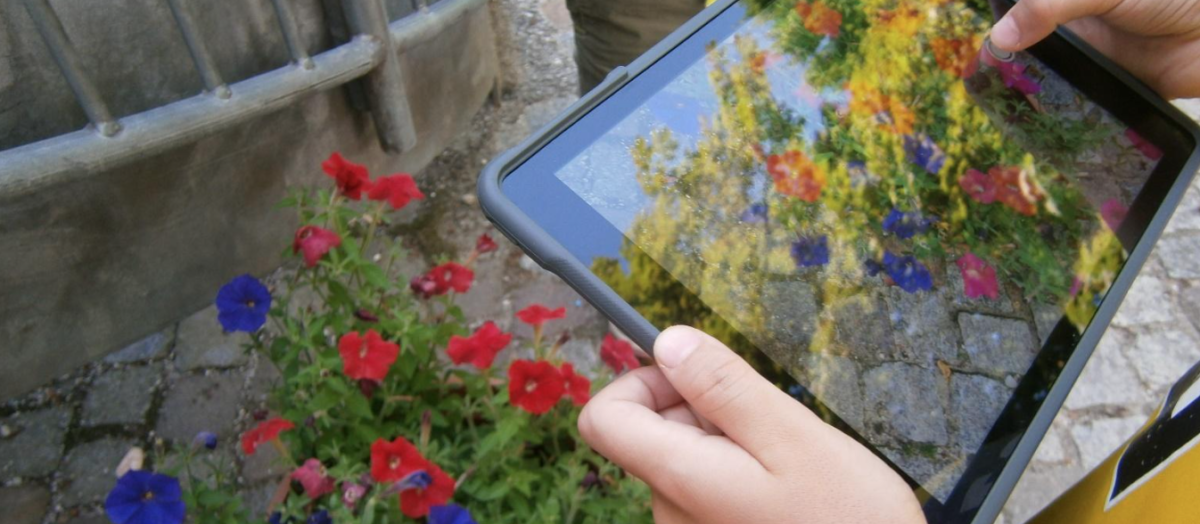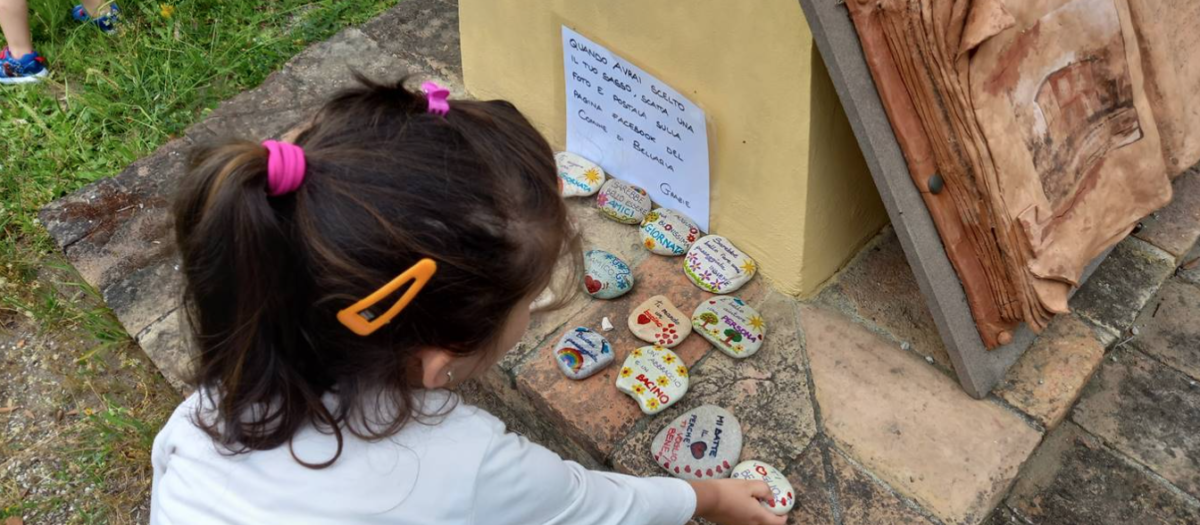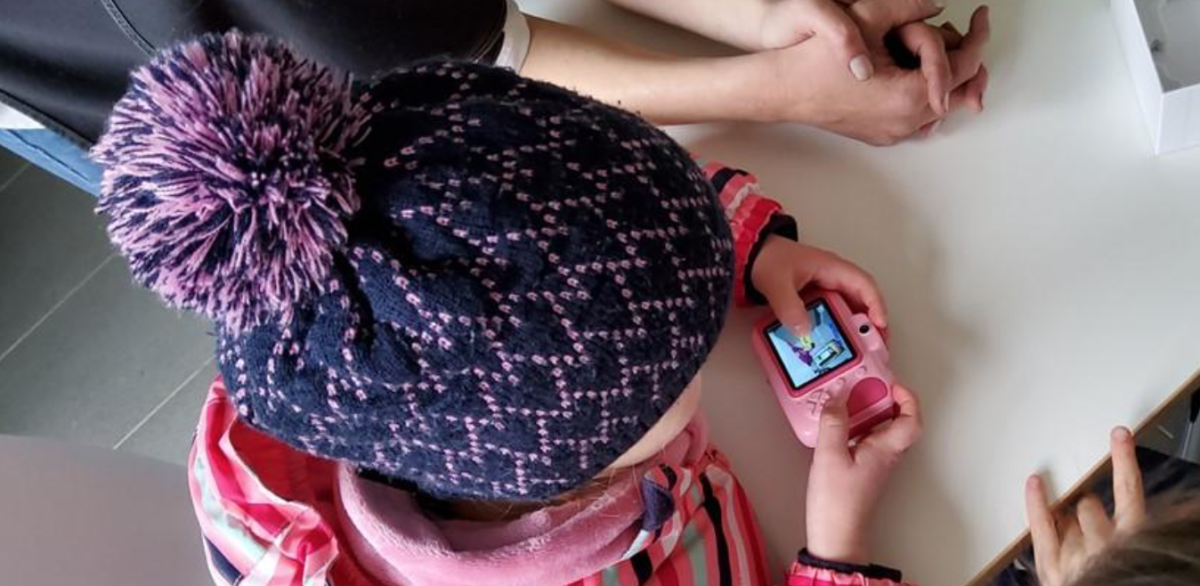Is there a change of perspective to the world when you look at nature through a camera?
Taking photos with the tablet is very easy and children can use the device independently after a quick tutorial with the teacher. But children should not just snap pictures on a photo safari. They learn to take and select photos consciously. They can review photos, reflect on the content, and learn that beauty is seen subjectively.
Young children who cannot read are able to distinguish different plants through photos and can use an app for plant identification together with adults. This way teachers, parents and children can spend time together in nature and learn about flora and fauna.
Nature has always been a great inspiration for artists. Through the close observation of flowers and plants, creativity is stimulated, and feelings can be expressed. To explore and learn more about famous paintings, children accompanied by adults can use children’s search engines on the Internet and have their first experience of safe image search.
An idea from
JFF-Institut für Medienpädagogik
tested with Integrationskindergarten Westendstrasse, Munich, Germany
Time
3 activities (30 minutes each)
Age
4-6 years
Objective
- Learn to use photography as a design, expression, communication, and presentation medium.
- Express own perspectives on the world and certain topics using photography.
- Explore and express feelings. Be inspired by artists and create artwork yourself.
#nature #photography #images #environment #colours #art




